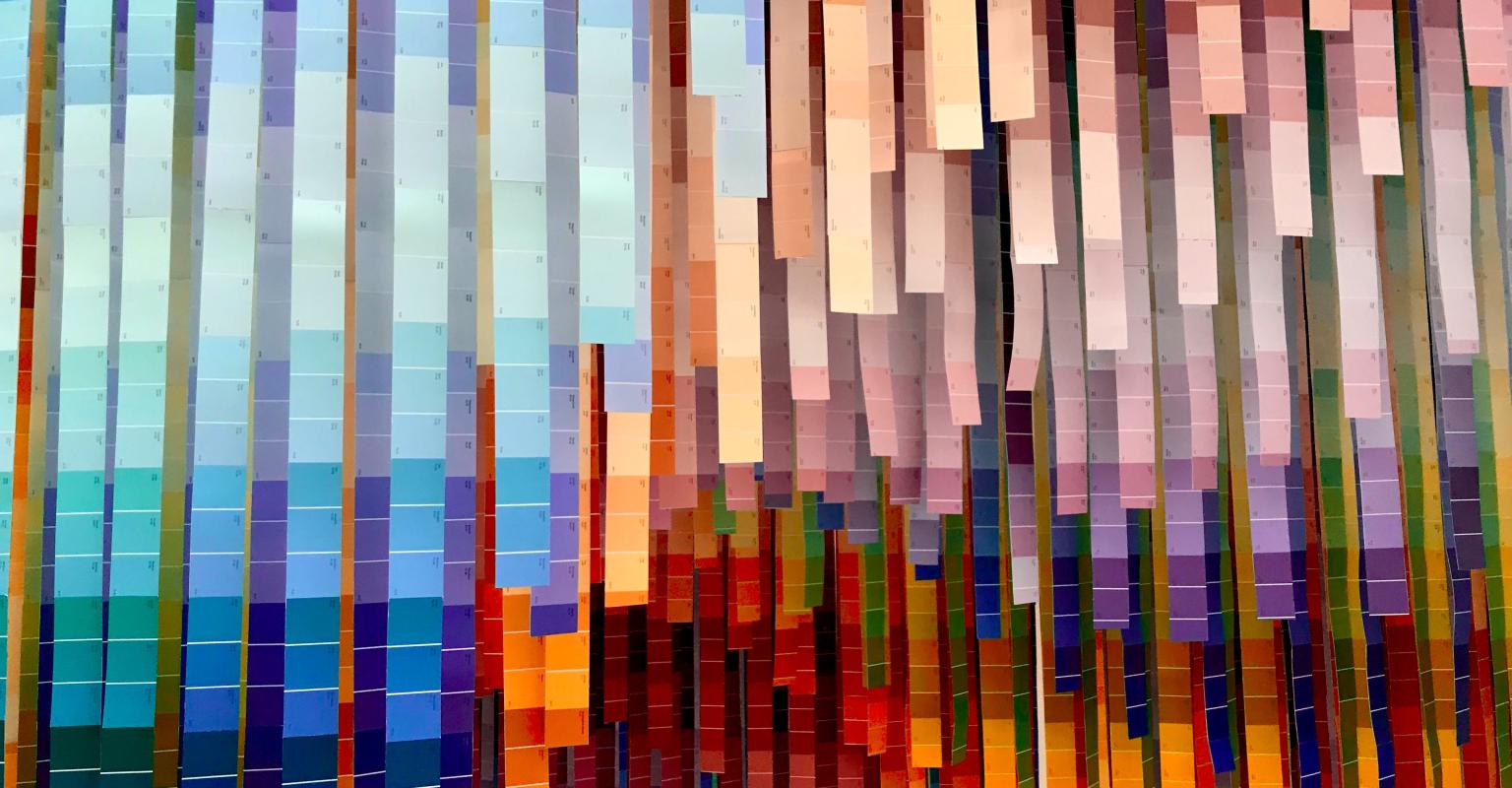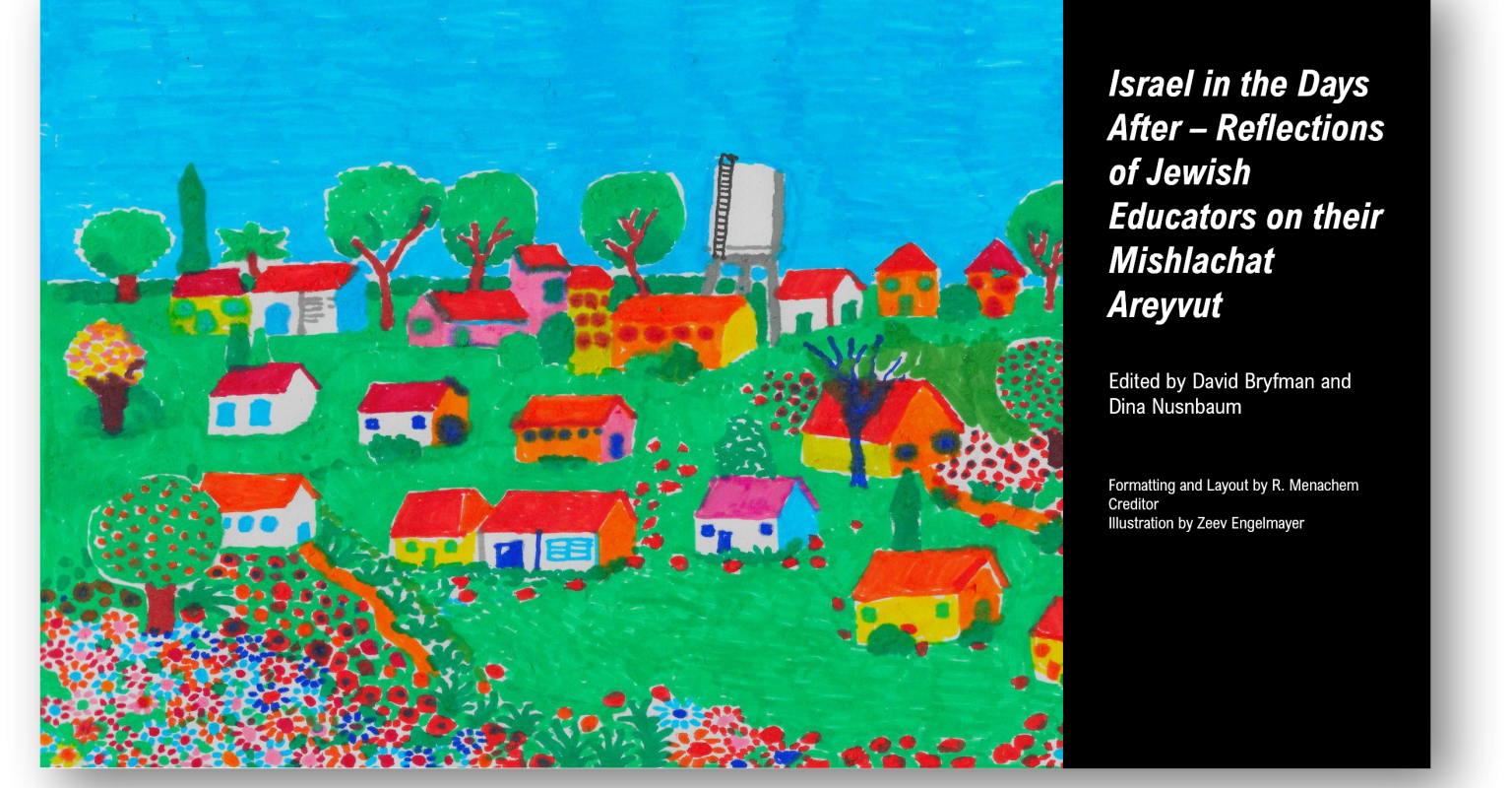Jewish Historic Dress From North Africa, Middle East, and Central Asia
How does clothing represent culture? How can wardrobe be a tool for assimilation or distinguishing between groups of people? Explore how the silk road affected Jewish communities and learn about how Jewish dress illustrates the migrations, rituals, and identity of the Jewish people. Through the fashions of Jewish communities from middle east to north Africa to east Asia, from Afghanistan to Ethiopia to Morocco to Greece, these garments tell stories of migration, culture, and diversity of the Jewish diaspora.
Includes detailed information and images of Jewish dress from around the world in addition to videos from members Jewish communities from Iran, Iraq, Israel, Morocco, and Tunisia providing a glimpse into the diversity of the Jewish experience.
- Arts and Culture
- History
- Jewish Peoplehood
- People
- Congregational Learning
- Day Schools and Yeshivas
Discover more

This collection highlights the racial, ethnic, and cultural diversity of Jews in North America and around the world.

Israeli culture is an exquisite blend of ancient and modern and a country that people from West and East have come to call home. Heavily influenced by Jewish law and custom, Israeli culture has borrowed not only from its rich religious roots, but also from the food, music, and art of the people who

Dr. Zohar Raviv, International VP of Educational Strategy, Taglit Birthright Israel
